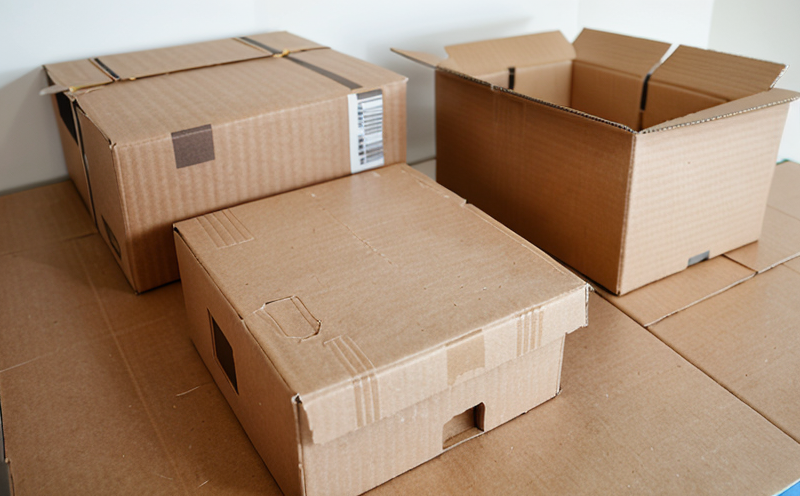ISO 2470-2 Brightness Measurement by Optical Method
The ISO 2470-2 standard specifies a method for measuring brightness of paper and cardboard packaging using optical methods. This technique is crucial in the quality control process, ensuring that products meet the required standards.
Brightness measurement is important because it directly impacts consumer perception and product functionality. A higher brightness level can enhance visibility and attractiveness, which are key factors for many consumers when choosing a product. For industrial applications, brightness ensures consistent performance across different packaging materials.
The optical method involves measuring the reflectance of light from the sample at various wavelengths within the visible spectrum. The test is conducted using a spectrophotometer or similar equipment that can accurately measure reflectance over a broad wavelength range. This allows for precise determination of brightness, which is essential for compliance with international standards and consumer expectations.
The process typically involves preparing samples according to ISO guidelines, ensuring they are free from contaminants such as dirt or grease. Once prepared, the samples are placed in the measuring device, where light is shone onto them, and the reflected light is analyzed. The brightness value is then calculated based on the reflectance measurements.
This service ensures that packaging materials meet the required standards for brightness, which is critical for both aesthetic and functional purposes. Compliance with this standard helps manufacturers maintain brand reputation and customer satisfaction while ensuring product quality meets regulatory requirements.
Scope and Methodology
| Aspect | Description |
|---|---|
| Applicable Materials | The ISO 2470-2 method is applicable to paper and cardboard packaging materials. It can be used for various types of paper, including bleached and unbleached kraft papers. |
| Measurement Parameters | Brightness measurement is conducted at a wavelength range from 457 nm to 468 nm. This narrow band of light is used because it provides the most accurate representation of brightness for paper and cardboard. |
| Sample Preparation | Samples should be cut into standard sizes, free from defects or contamination. They must also be conditioned to a specific relative humidity level before measurement. |
| Instrumentation | The test requires a spectrophotometer capable of measuring reflectance over the specified wavelength range. The instrument should have an accuracy within ±0.5%. |
Why Choose This Test
- Compliance with International Standards: Ensures that your packaging materials meet the stringent requirements set by ISO standards.
- Quality Control: Helps in identifying any deviations from the expected brightness levels, ensuring consistent product quality.
- Innovation Support: Provides insights into how different brightness levels affect consumer perception and product performance.
- Cost Efficiency: By identifying issues early in the production process, you can minimize wastage and reduce costs.
- Sustainability: Ensures that your packaging materials are made from recycled paper while maintaining brightness levels.
Quality and Reliability Assurance
The ISO 2470-2 test is part of a broader quality assurance program aimed at ensuring that all packaging materials meet the highest standards. This service not only provides accurate brightness measurements but also helps in identifying any potential issues early on, allowing for timely corrective actions.
Our team of experts ensures that every sample is tested under controlled conditions to minimize variability and ensure consistent results. We use state-of-the-art equipment and follow strict protocols to guarantee the accuracy and reliability of our findings.
The data generated from these tests can be used for various purposes, including product development, quality control, and regulatory compliance. By leveraging this information, you can make informed decisions that enhance your product's performance and market competitiveness.





